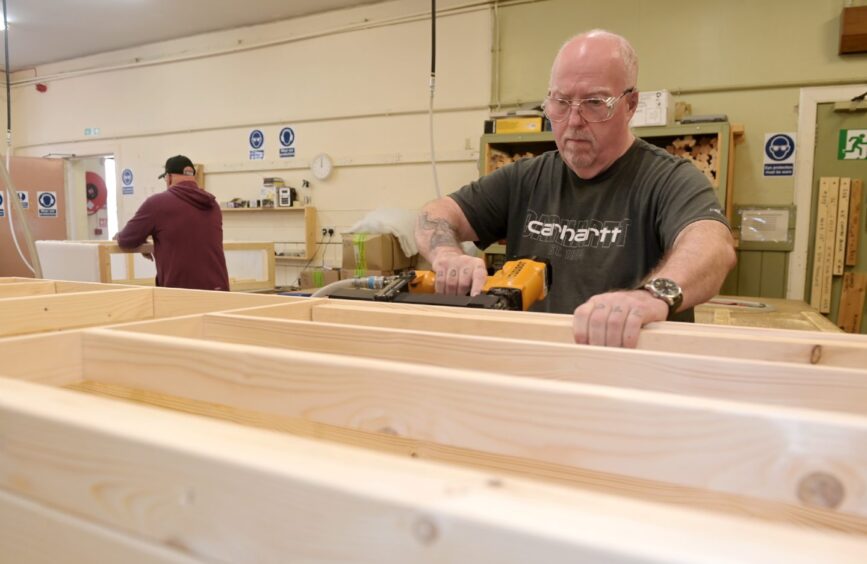Inverness organisation Highland Blindcraft provides work for people with a range of disabilities.
The business was originally set up as a factory by the Royal National Institute of Blind People.
Now, it sells bedframes, mattresses, headboards and more made by its 31-strong staff team on Ardconnel Street.
Chief executive Deirdre Aitken answered our questions on her biggest struggles, achievements and more.
How and why did you start in business?
Highland BlindCraft was founded in 1881 to provide education, training, and employment for blind and visually impaired individuals across the Highlands and Islands.
Initially a school in Inverness, it offered both education and accommodation to blind scholars.
We continue to empower visually impaired people to live more independent lives through meaningful opportunities.
How did you get to where you are today?
As someone from a service-based background, I have a personal connection to the unique challenges and opportunities faced by individuals living with disabilities.
Before becoming chief executive of Highland BlindCraft, I managed dual sensory services in both Caithness and Sutherland.
That experience was crucial in shaping my approach here. I was thrown in at the deep end, but it was exactly where I needed to be.
Running Highland BlindCraft has been especially close to my heart.
Our journey has been built on creating products we can be proud of—exceptional, handcrafted pieces that showcase the skill and passion of our team.
Who helped you?
My husband is my greatest supporter, as well as my family and friends. Working with our amazing staff provides constant encouragement.
Our board of directors are always approachable, knowledgeable, and supportive, while ensuring best practice and accountability.
As members of the Federation of Small Businesses, we enjoy the dedicated support of FSB, too.
What’s the best piece of advice you’ve ever had?
“What’s for you will not go by you” and “them that ken you, ken you well”.
My interpretation is that life has a way of bringing you the right opportunities and challenges.
And while others may offer opinions, your family and friends know you best and should always be your sounding board.
What is your biggest mistake?
Not travelling more and going to different places when I was younger.
What is your greatest achievement?
Personally, I’m proud of being the first British Sign Language interpreter north of Inverness.
Overall, I’m delighted to be chief executive of such a wonderful company. This year has been particularly special.
We’ve won four awards, with each accolade confirming that we’re not only getting it right for our customers but also for our staff and the environment.
How are you managing rapidly rising costs, and how could the government help?
Recently, we’ve increased our marketing efforts across various platforms, including online, radio, newspapers, and events like trade shows.
Despite these efforts, the challenges remain, particularly for a social enterprise.
Additional government support through funding or grants would help us maintain affordable products and vital employment opportunities.
Government-backed initiatives in energy efficiency, equipment upgrades, or staff development would also make a significant difference in offsetting costs and helping us continue to thrive.
What do you still hope to achieve?
Looking ahead, our primary goal at Highland BlindCraft is to develop and strengthen services to people in our community, while continuing to provide meaningful, long-term employment opportunities to individuals living with disabilities.
Our aim is to help our employees build the skills they need to progress into unsupported work, and when that happens, we can bring on new team members and continue the cycle of support.



Conversation